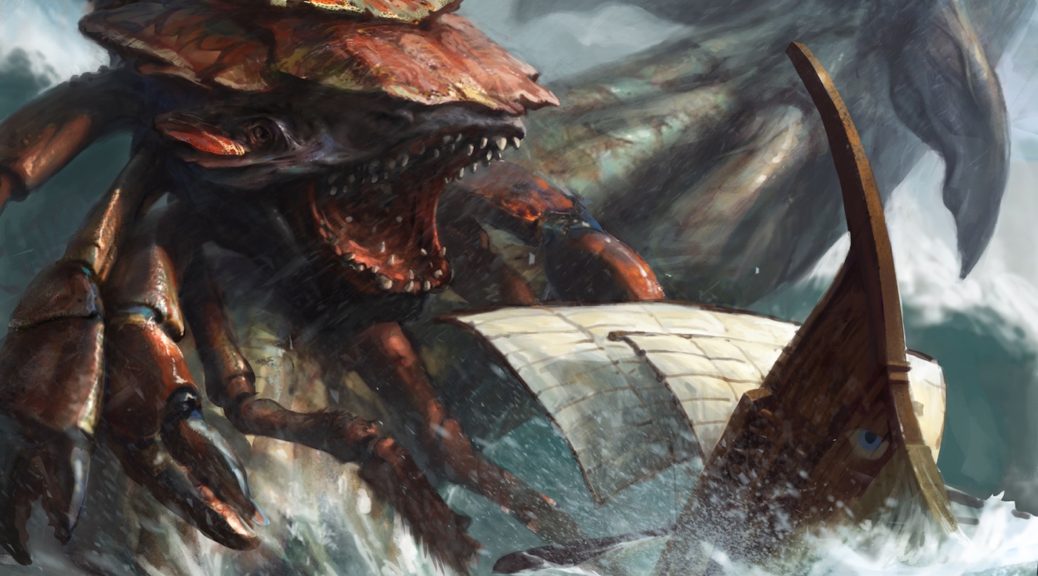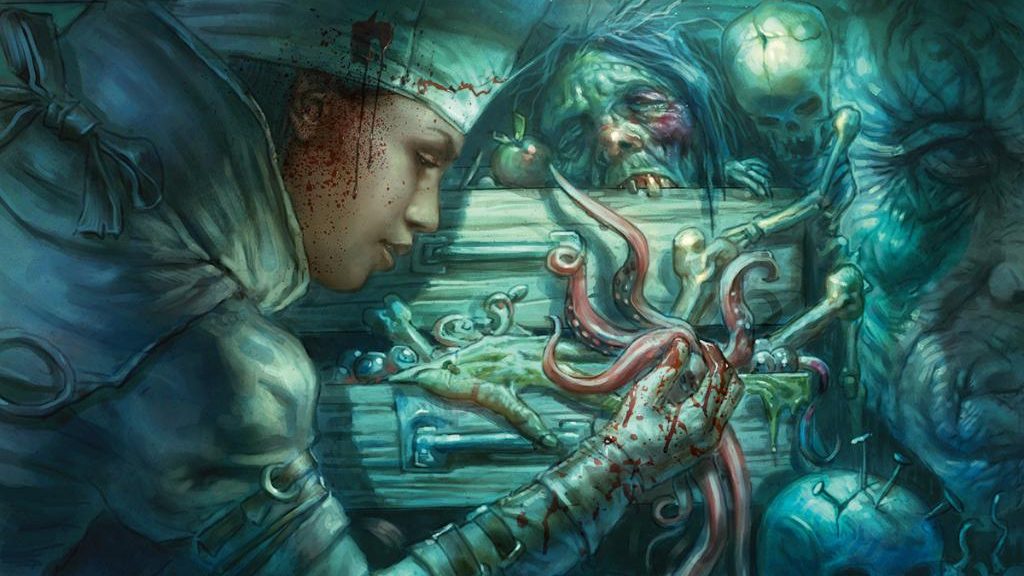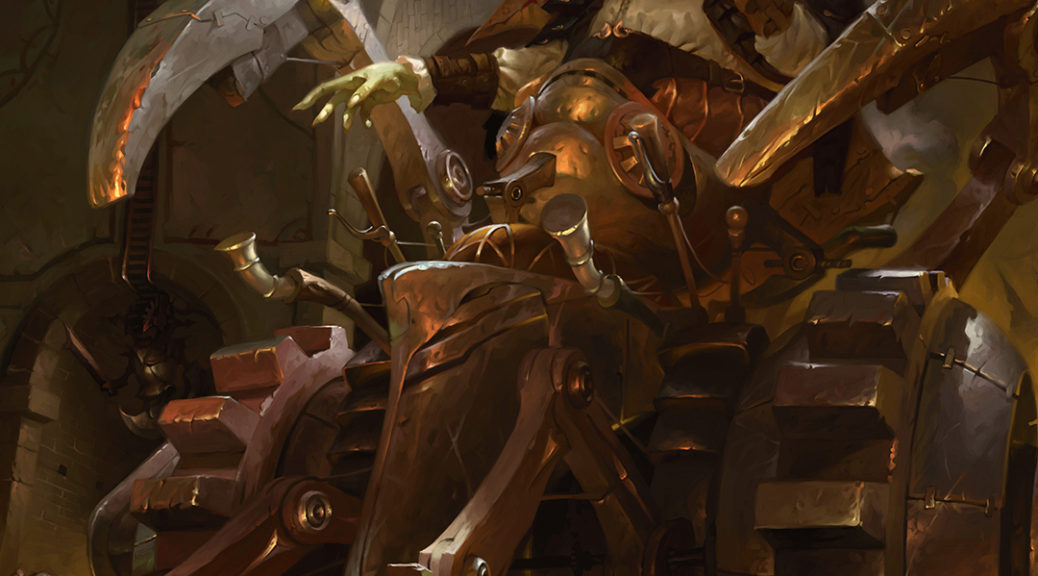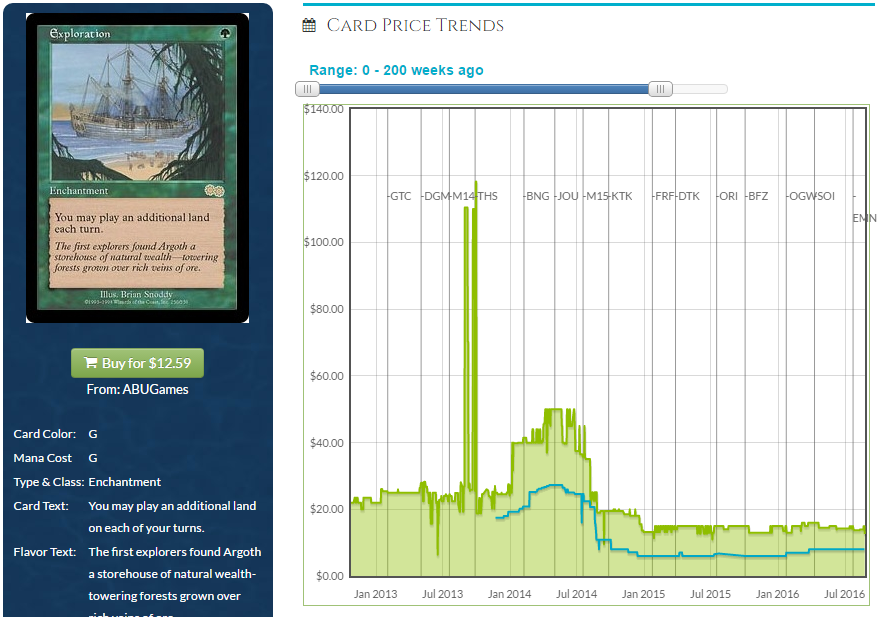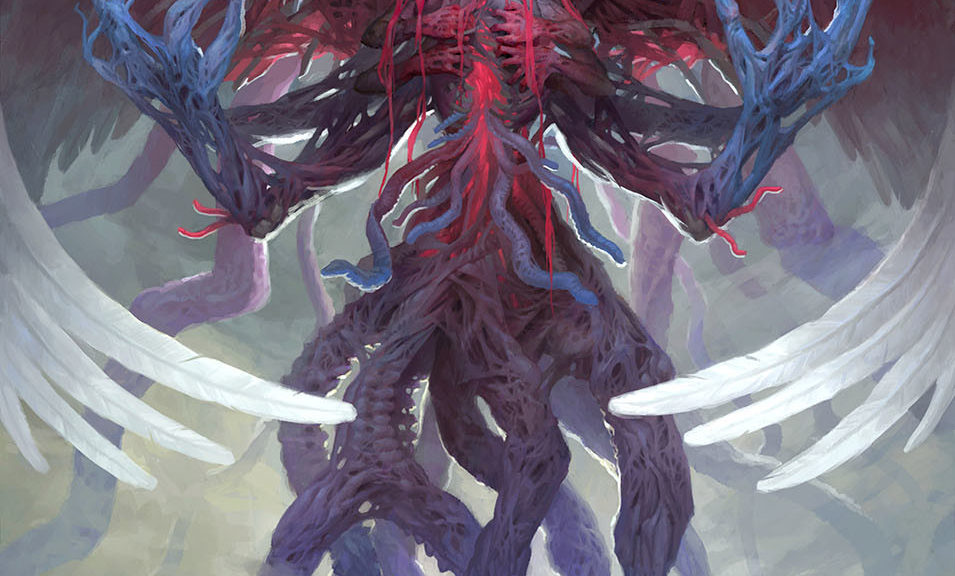Good lord, I can’t draft Conspiracy: Take the Crown enough. Did two drafts in a row on Friday, one more Sunday, and I’d be up for drafting it any night of the week. The combination of valuable cards AND messing with a draft AND incredible multiplayer mechanics and gameplay is just breathtaking. This set is a jewel and I strongly encourage you to go experience it.
An aside: If your LGS doesn’t know how to do this, allow me to give a plug to mine. Eight people draft, break into two four-player pods. Two games will be played, with prizes to first and second place for each game. The second game is to mitigate from mana problems, and it takes a truly busted deck to win two games. More often, the person who won game one will get hated out early in game two.
My ravenous joy in this set is tempered by my experiences with the original Conspiracy set. I’m treating Take the Crown as though it’s the original set. There’s four things I learned from last time around, and I’m taking those lessons to heart.
Lesson #1: Stuff is cheap!
Exactly ten cards are worth more than a pack at $4. That’s a terrible ratio, and all of the special schemes are less than a dollar in nonfoil. Truly, that’s atrocious. Conspiracy is not a place for long-term value, and there’s a consistent graph of reprints tanking in value.
So I’m not looking for value in these, and in fact, I think that right now, you should be avoiding Take the Crown cards, as they have farther to fall. Likely around the release of Kaladesh, I’ll be prowling these cards for the best value, as supply will be maxed.
The impact of this being a print-to-demand set is real. Take the Crown is in the big-box stores, and there is no limit to the supply, aside from when people stop asking. Do you know when they stop asking? When your local store is stocked up and actually has more than they want! I’m hoping that my store and my peers want to keep drafting this until Kaladesh shows up.
Lesson #2: Except for Foils!
As I pointed out last week, there are some amazing foil multipliers at work in original Conspiracy, and there are some amazing ones already at work in Take the Crown. Leovold, for instance, is multiplied by seven. Kaya’s alternate-art foil is about ten times more expensive. Marchesa is fifteen times more pricey, to get the foil!
I’m all about shiny cards. I am absolutely that kind of magpie person, who needs to have the new one be shiny and new and some of these cards are calling to me. I want to let the initial rush fade, and be patient in my pursuit of these cards. I’m hoping they come down some in the second and third weekend of release.
Lesson #3: Sealed Product
While the original Conspiracy is a lot of fun to draft with friends, it’s not a place to park value. I refer you to others who have kept more sealed product around, and the short version is that there isn’t value in it. Even now, I can get a box of the original on Amazon for less than $100 shipped.
The value in long-term holds of sealed product is the value of the cards, not the worth of the experience. This has Berserk, and Show and Tell, and some other fun things, and the end value of those cards will determine the long-term value. I’m inclined to say no, nonetheless.
Lesson #4: Draft-specific cards don’t hold value
Allow me to give you the benefit of my ill-spent money. I went after the assorted ‘draft matters’ cards in foil, spending some significant amounts.
I bought early, and set them aside, thinking that as people build Cubes, they will need Cogwork Librarians and such. But they don’t. They absolutely don’t. So while you might really want that foil Sovereign’s Realm, you should get one for yourself and don’t try to corner the market.
My $20 foil Worldknits are just going to sit here in a corner and weep silently. Don’t join us.
